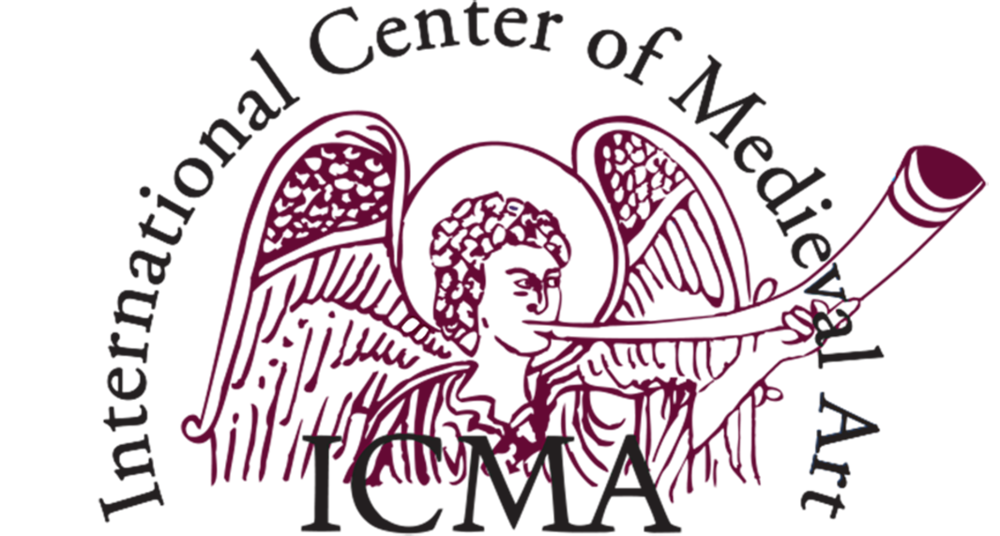Coordinadoras / Coordinators:
Nadia Mariana Consiglieri (Universidad de Buenos Aires – Universidad Nacional de las Artes- CONICET, Argentina)
María Cristina Correia Leandro Pereira (Universidade de São Paulo, Brasil)
Colour, both in its material and light dimensions, played a leading role in Medieval and Renaissance visual culture. Taking part in altarpieces, sculptures, architecture, tapestries, wall paintings and illuminated manuscripts, colour embraced multiple variants. Likewise, the translucent, ethereal but also brilliant and changing tones of enameled pieces and goldsmiths, gems, mosaics and stained glasses acquired an equally vital importance. Far from the imaginaries built during the nineteenth century about a Middle Ages plunged into dark and monochromatic grey buildings, the language of colour and light was a constant factor in the visual cultures of this period.
Since the last decades of the past twentieth century, the investigations of Michel Pastoureau reconsidered colour as an object of historical study plausible itself to be approached as a visual code from its multiple symbolic, social, cultural and religious dimensions. Moreover, Herbert L. Kessler stressed the dynamic and material performance of colours and Jean-Claude Bonne emphasized their diverse roles within ornamentation. In addition, specific investigations began to be carried out on typologies, modes of application and commercial routes of pigments used for the production of illuminated manuscripts, as well as collective studies on the diversity of techniques and the relationships between makers and patrons.
This dossier aims to open a new field of debate on the ways in which colour appears and acts on pictorial surfaces of different images, objects, devices and spaces produced between the eleventh and fifteenth centuries. Within this broad temporal spectrum, it is not intended to focus only on the Medieval and Renaissance West, but also on chromatic objectualities from the East and from groups considered the «otherness» from Western Christianity perspective, in order to rethink the diversity of processes, exchanges, assimilations and overlaps. How did colours circulate in their different versions? ; how were material and symbolic exchange networks woven?; what were the roles of the itinerant and permanent painters, circles and workshops of artisans?; how did the technical and material knowledge of colour spread among them?; how did patrons and receivers interact?; what iconographic and ornamental relationships can engage colours with images?
We invite to submit papers related at least to one of the following topics:
Qualities of pictorial matter: diversity of supports, pigments, materials and techniques. Plurality of materials as interaction devices with the pictorial surface: pastiglia reliefs, use of gold leaf, etc.
Painting and praxis: recipe books, treatises and model compilation notebooks.
Medieval theories on colour, light, materiality and their symbolic dimensions.
The roles of artisans and patrons: miniaturists, painters and enamellers’ ways of making. From monastic environments to secular workshops. Regulations, the action of guilds, contracts.
Reception and agency of the pictorial matter: changes, interventions, damages, outrages.
Iconographic, constructive, syntactic, symbolic, aesthetic and rhythmic roles of ornamentation.
The pictorial materiality in objects and Islamic environments: their interactions with the Christian sphere.
Details and features in Medieval and Renaissance pictorial works (paintings, illuminated manuscripts) belonging to the Latin American artistic heritage. Collecting, museographical links and historiographical perspectives.
Requirements
Articles must be original and not be simultaneously evaluated by other publications. To be submitted to peer review modality, the articles must be sent to the email: revistacaiana@gmail.com, indicating in the subject: “LAST NAME_Dossier caiana #23”
Deadline for papers submission: May 29, 2023.
Issue publication date: November – December, 2023.
CAIANA is indexed in the catalog of the Latindex information system, the European Reference Index for Humanities (ERIH PLUS) and DOAJ (Directory of Open Access Journal).
Papers must comply with the publishing standards of the journal.
For more information, https://caiana.caiana.com.ar/dossier-caiana-23/
Referencias / references:
Bonne, J. C. (1983). Rituel de la couleur: fonctionnement et usage des images dans le Sacramentaire de Saint-Etienne de Limoges. En: Ponnau, D. (Ed.). Image et signification. Paris: La Documentation française, p. 129-139.
Bonne, J. C. (2002). Penser en couleurs: à propos d’une image apocalyptique du Xe siècle. In: Schmitt, J. C; Hülsen-Esch, A. (Eds.). Die Methodik der Bildinterpretation. Göttingen: Wallstein, v. 2, p. 355-379.
Castelnuovo, E. & Sergi, G. (Eds.) (2013). Arte e Historia en la Edad Media. Volumen II. Del construir: técnicas, artistas, artesanos, comitentes. Madrid: Akal.
Kessler, H. (2011). Seeing Medieval Art. Toronto: University of Toronto Press.
Miranda, M.A. & Miguélez Cavero, A. (Eds.) (2014). Portuguese studies on medieval illuminated manuscripts. Barcelona-Madrid: Fédération Internationale des Instituts d’Études Médiévales.
Pastoureau, M. (2006). Una historia simbólica de la Edad Media Occidental. Buenos Aires: Katz.
Pastoureau, M. (2008). Black. The History of a Color. Princeton and Oxford: Princeton University Press.
Pastoureau, M. (2010). Azul. Historia de un color. Madrid: Paidós.
Pastoureau, M. (2016). Rouge. Histoire d’une couleur. Paris: Éditions du Seuil.
Pastoureau, M. (2017). Vert. Histoire d’une couleur. Paris: Éditions du Seuil.




















